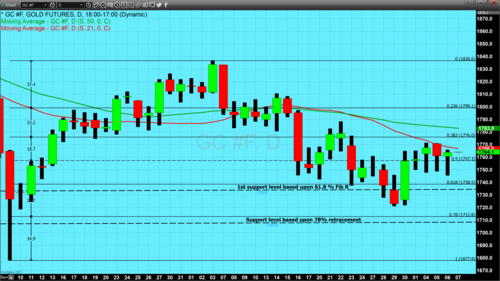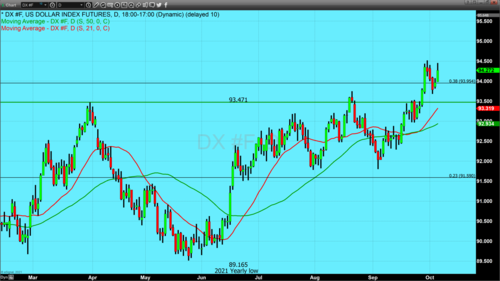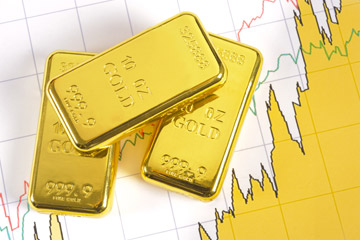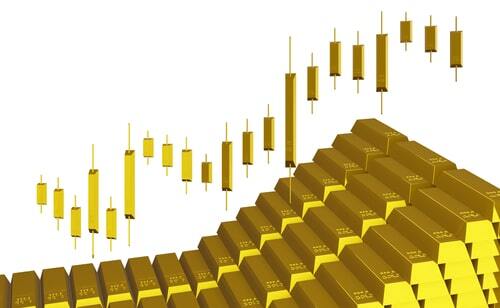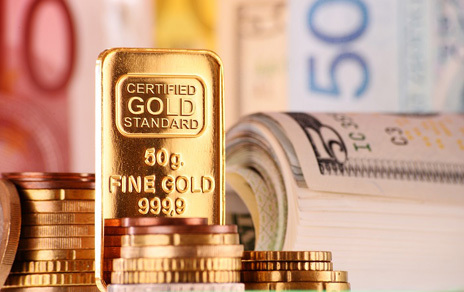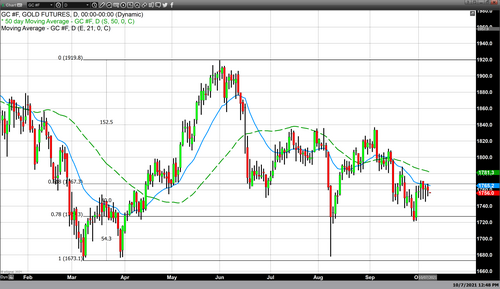
Ground Control to Chaiman Powell
A soft countdown of the initiation of tapering the Federal Reserve’s $120 billion monthly expenditure has begun. The Federal Reserve began dramatically infusing liquidity and money into the capital markets beginning in 2020. The initial effect was to temper or slowed down the rate at which the recession was expanding and morphed into a technique used to aid in the economic recovery that was a direct result of the economic hardship caused by the recession.
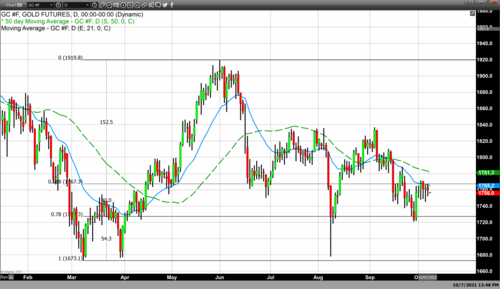
This dramatic action by the Federal Reserve has only occurred two times in history. The first time the Federal Reserve used quantitative easing to ease a deep financial crisis was in 2009. This recession was a result of a banking crisis and resulted in a deep depression. During that period, the gross domestic product contracted at the fastest rate seen in 50 years and concurrently the economy was losing hundreds of thousands of jobs every month. This program began after the Federal Reserve already reduced interest rates to near zero. However that action was not enough to temper the expanding recession let alone aid in the economic recovery. From 2008 through 2015 the Federal Reserve began accumulating massive amounts of assets which they added to their balance sheet.
Prior to initiating this new technique labeled “Quantitative Easing,” the Federal Reserve’s asset balance sheet stood at approximately $900 billion. Over the next seven years, from 2008 through 2015 the Fed would continue to accumulate assets swelling their balance sheet from under $1 trillion to $4.5 trillion. This process occurred in four distinct steps labeled QE1 through QE4. Members of the Federal Reserve contended that this unconventional monetary policy was a major component that saved the United States from a crisis worse than the great depression.
However, this program was not without costs. CNBC reported that “The Fed’s low-interest-rate policy made it inexpensive for the government to continue to borrow and spend. U.S. public debt is near $20 trillion and some fear that bubble could burst as the Fed steps out of the government market.” This untested experimental monetary policy was unwound first by tapering or lessening the monthly purchases of assets which were followed by a reduction in assets as the Fed would let billions of dollars of securities each month mature and not reinvest in them. They took the $4.5 trillion balance sheet and reduced it to $3.7 trillion before they made the decision that further reduction would hurt the economy.
So, what does Quantitative Easing have to do with tomorrow’s jobs report
In 2020 the Federal Reserve for the second time in history reignited this monetary policy of massive asset purchases as it did to temper the recession in 2008 and aid in an economic recovery. Beginning with a balance sheet of just under $4 trillion in just under two years they have swelled their asset balance sheet to $8.4 trillion. While the Fed had acknowledged that at some point, they would begin to normalize their extremely accommodative monetary policy there was no concrete timeline. The Federal Reserve maintained that it would unwind this process when the data supported that the economy was recovering and that labor was returning to maximum employment. During Chairman Powell’s most recent speech which occurred at a press conference following the last FOMC meeting he said that the discussion to begin tapering has begun and that they will begin to unwind the process “soon.”
More recent comments by Chairman Powell and other Fed members have suggested that tapering could begin as early as November, October or December if the data continues to support growth in employment.
It is for that reason that so much attention will be paid to tomorrow’s jobs report issued by the Labor Department. Forecasts from economists polled range from tomorrow’s numbers indicating an additional 400,000 to 500,000 jobs being added in September. However, forecast by analysts have really been hit or miss. For example, the forecast for the number of jobs added in August was about 700,000 new individuals being added to payrolls, and the actual numbers came in and a tepid 243,000 new jobs. July 2020 unquestionably had the most robust increase of jobs being reported just shy of 1 million and that report came
Byin well over expectations.
This month’s report for September jobs is critical because it will give the Federal Reserve the necessary information to make a concrete decision as to the timeline to begin to taper.
Geary Wagner
Contributing to kitco.com
Buy and Sell Gold and Silver with Free Storage
David

